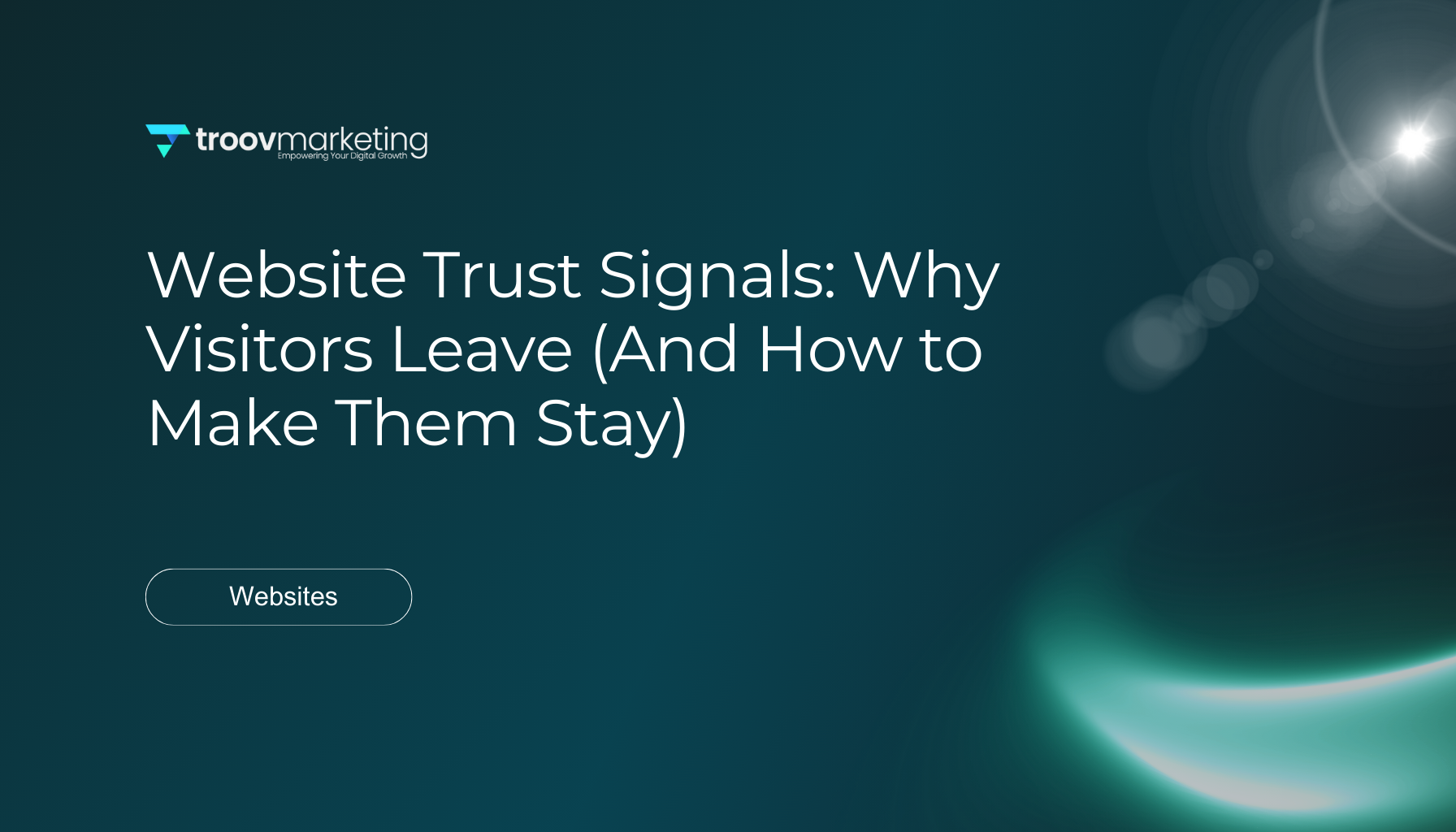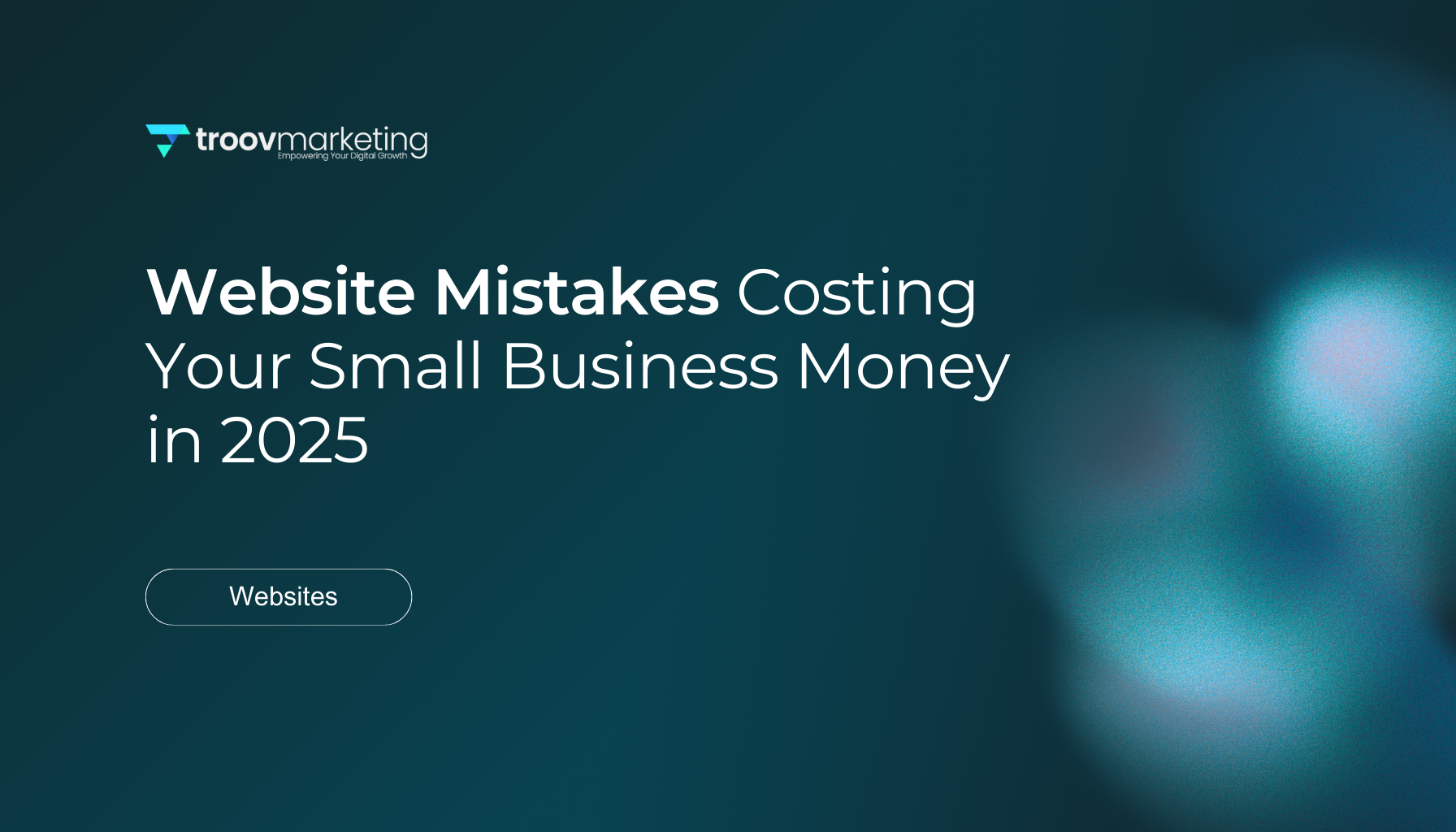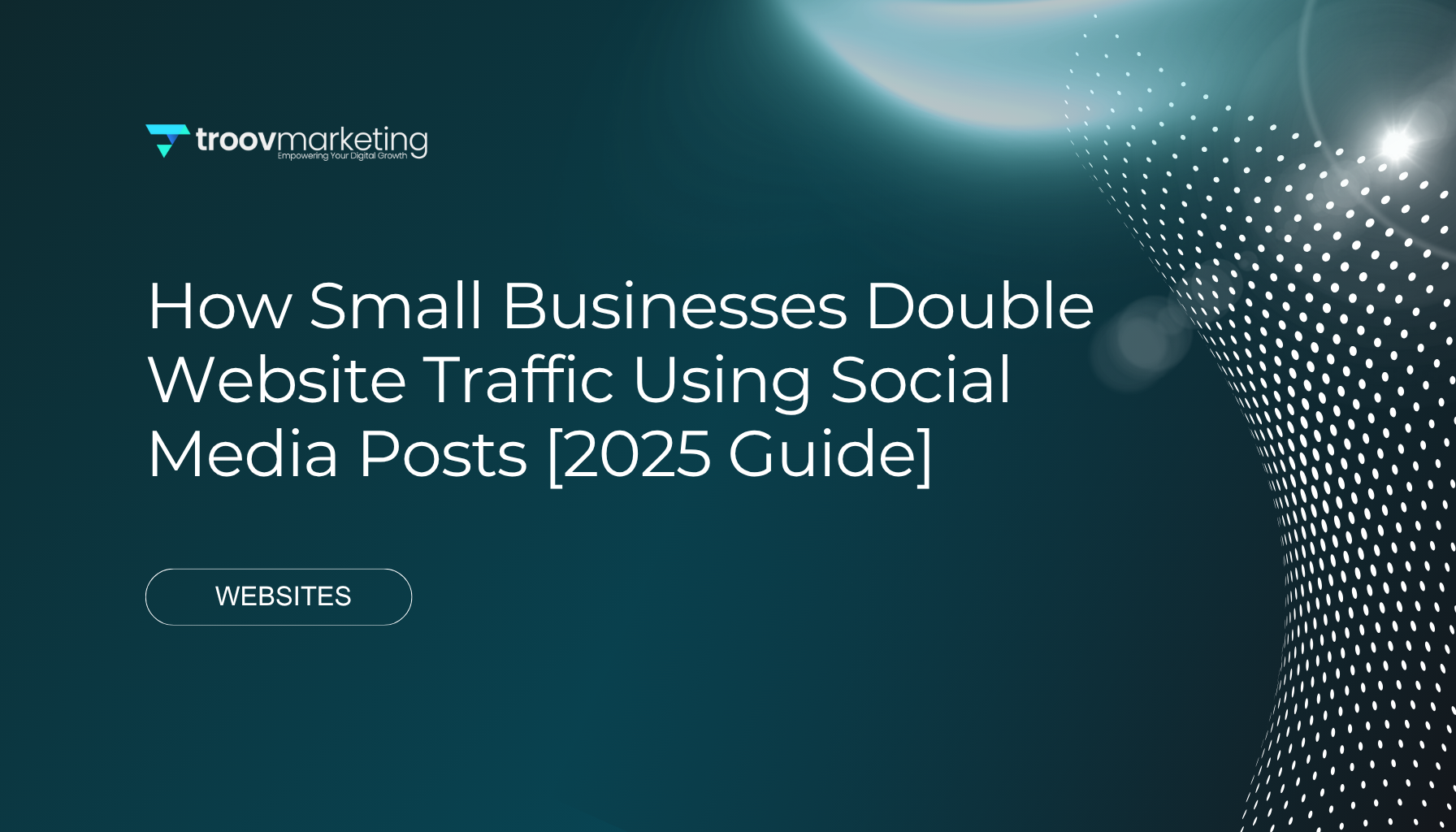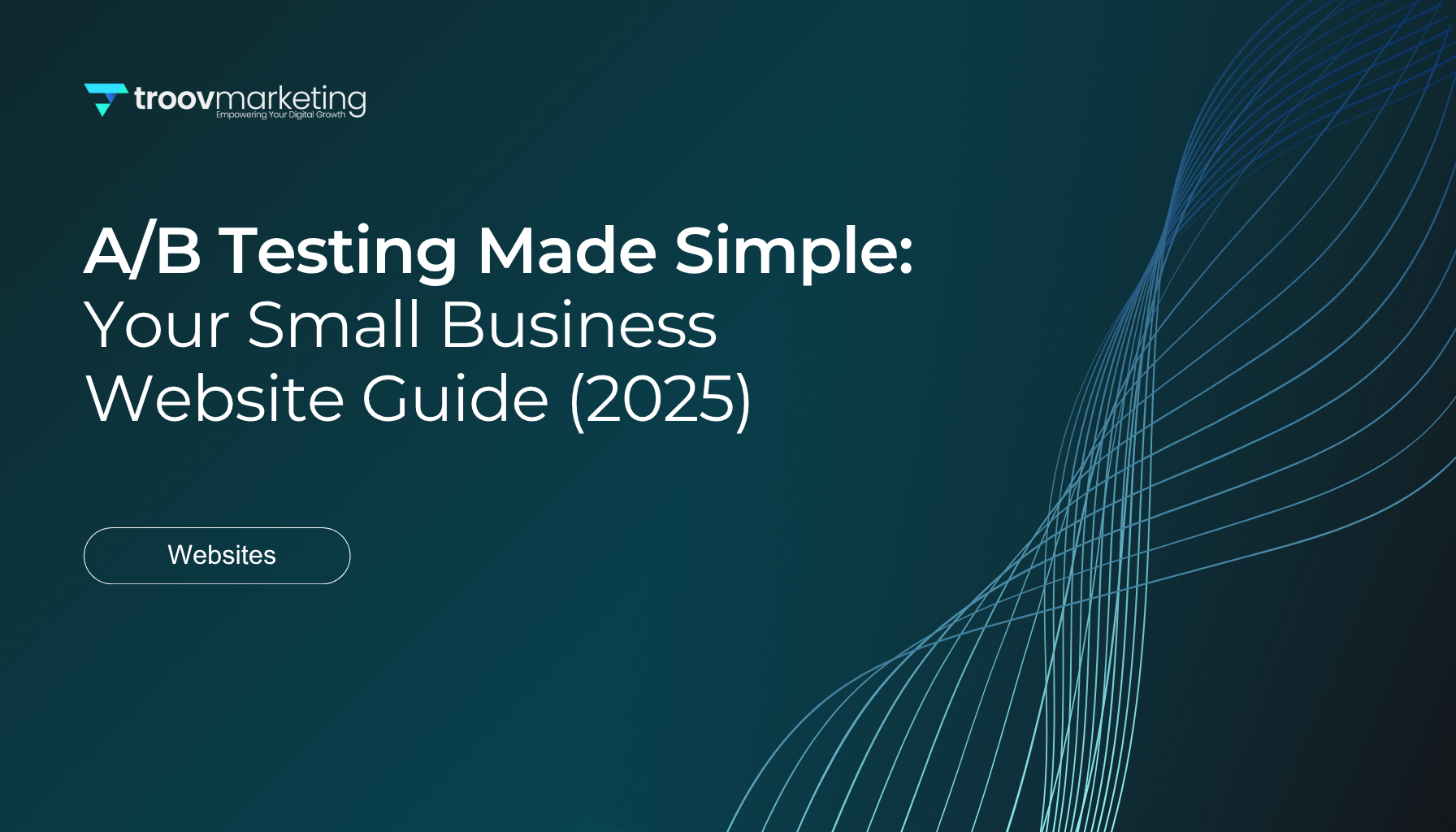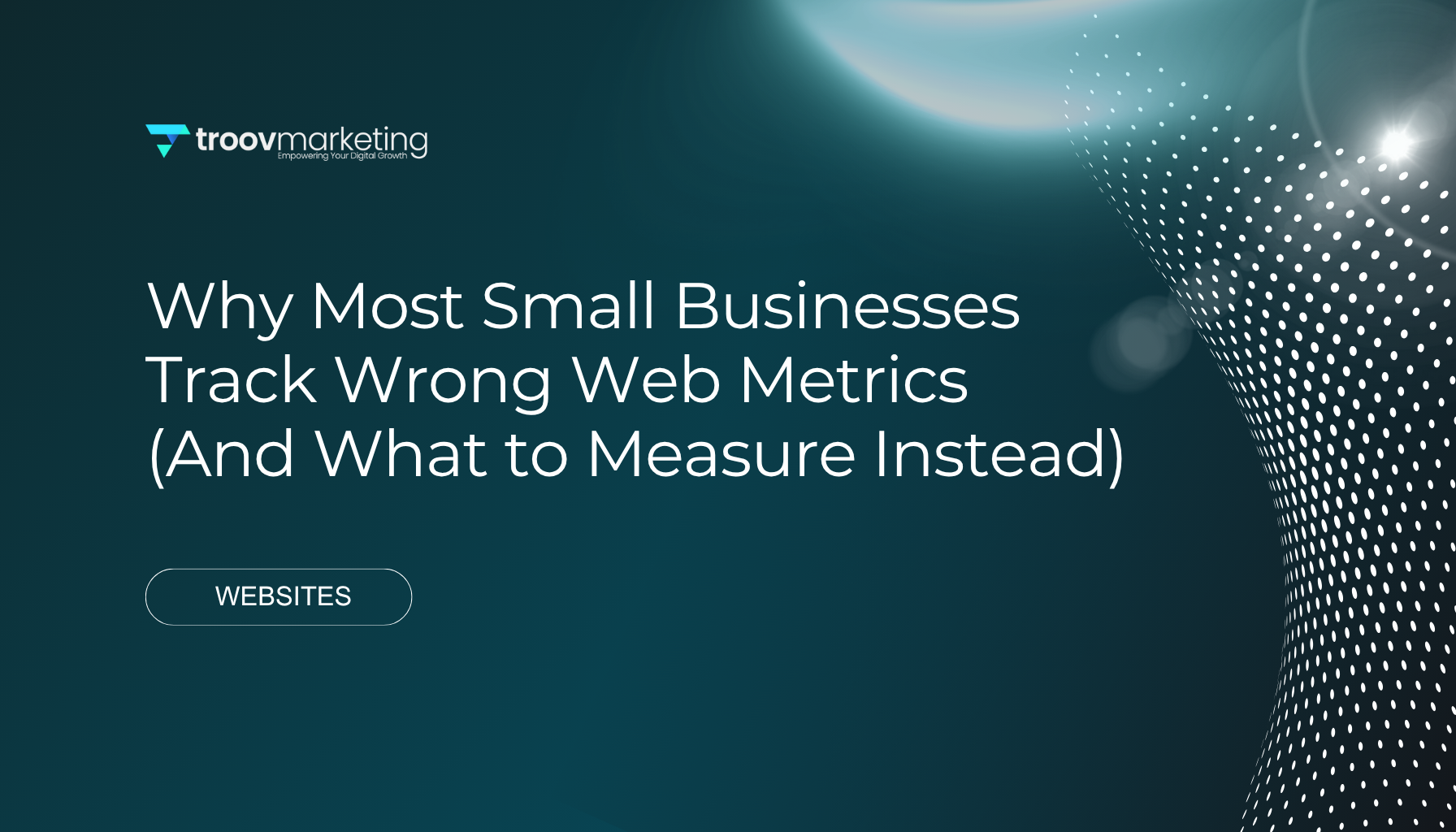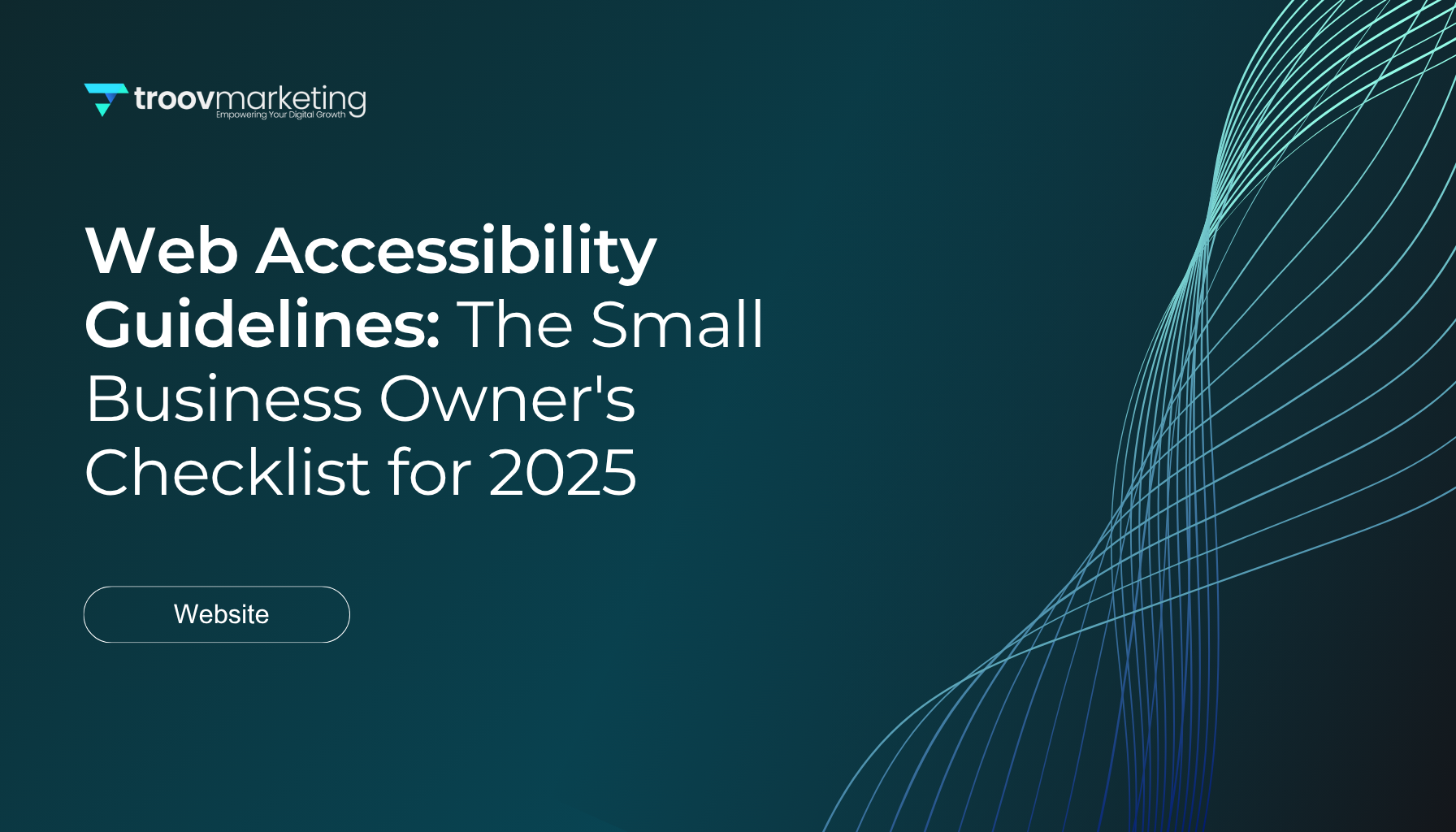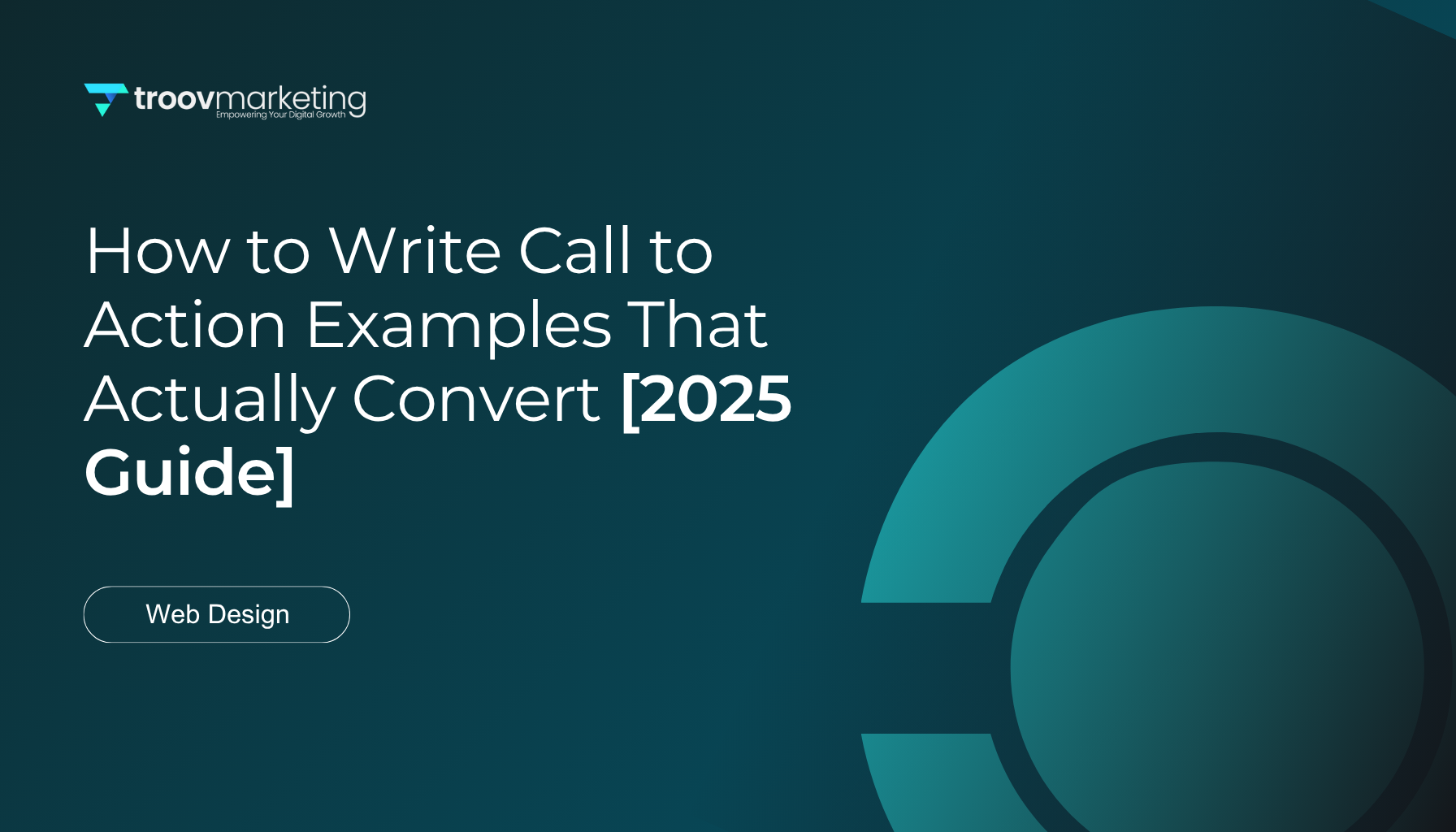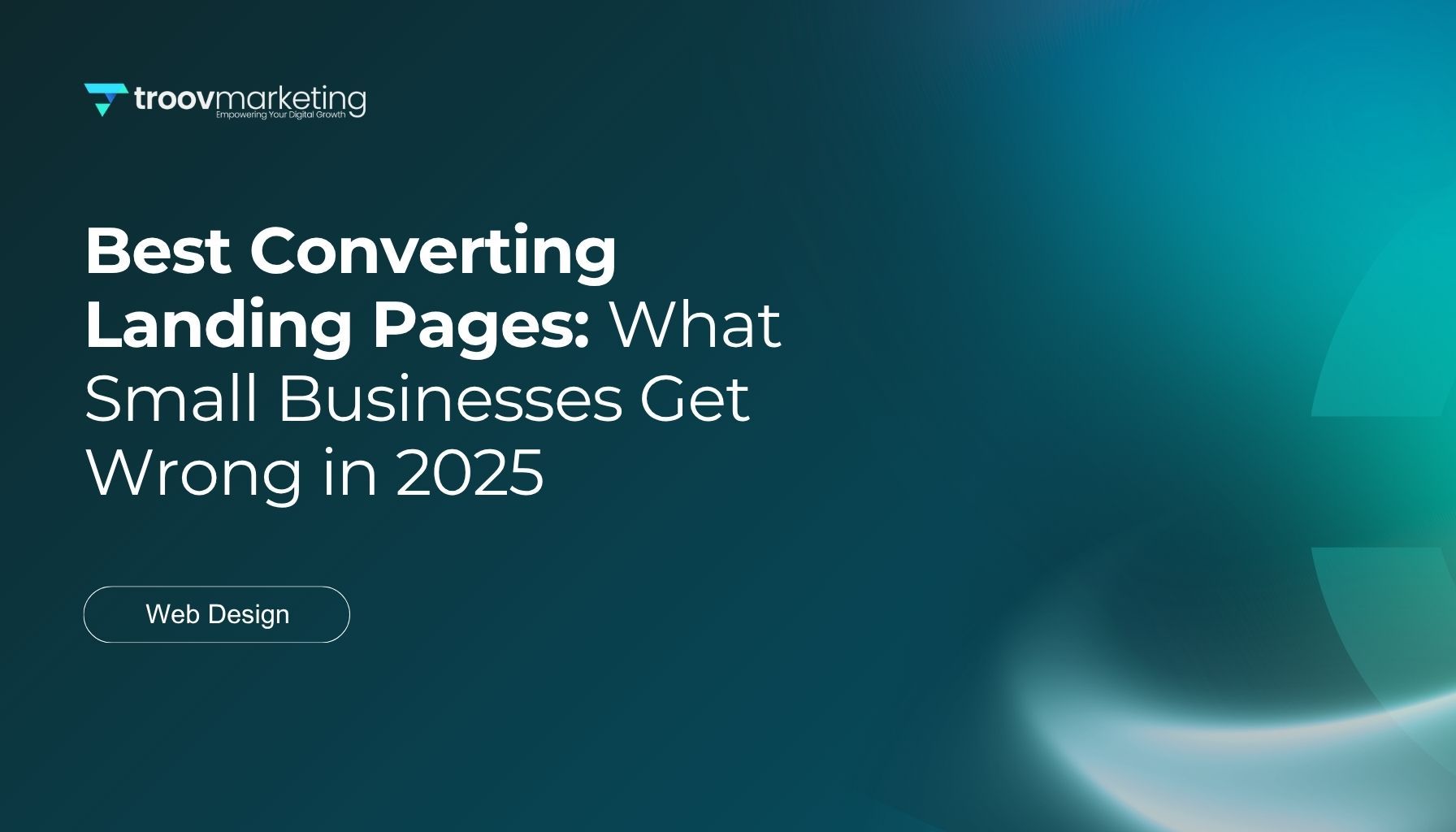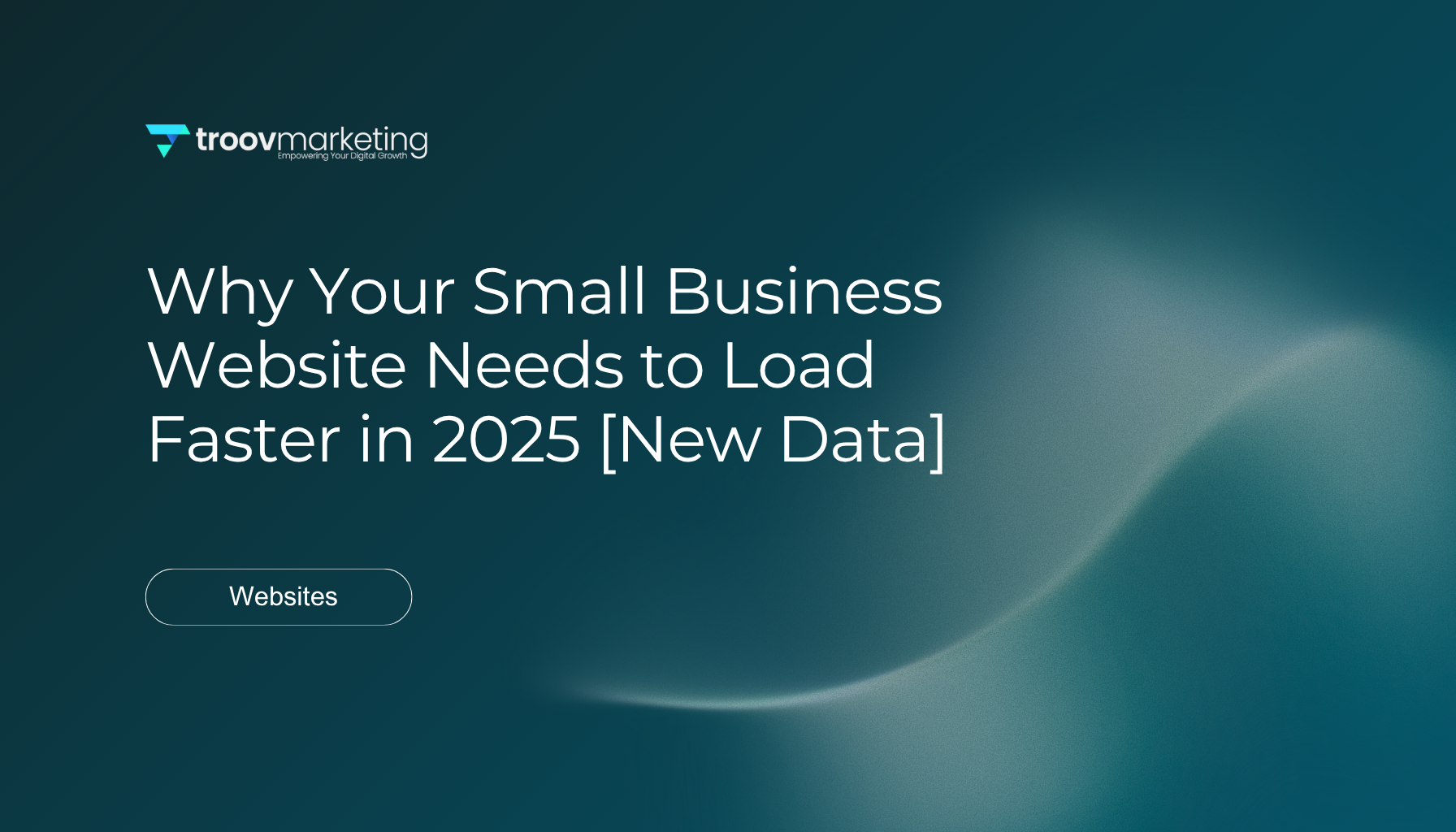Why Your Small Business Website Is Failing at Voice Search (+ Expert Fix)
Why Your Small Business Website Is Failing at Voice Search (+ Expert Fix)
Voice search optimization has become crucial for small business success. Research shows nearly 60% of consumers aged 25-34 use voice search daily. Users in the US and UK who rely on voice assistants daily account for 28%. Small business websites still struggle to capture this growing traffic effectively.
Local business information searches through voice commands reached 58% last year. This trend creates a new chance for small business owners like us. Voice search SEO might appear complex, but understanding how it works will help us stay competitive. The numbers tell a compelling story - voice searches lead to immediate action. Consumers who use voice search often call businesses (28%), check their websites (27%), or visit their locations (19%).
The sort of thing i love about voice search optimization lies in its untapped potential. Most small business websites struggle with voice search, but expert techniques can fix these problems quickly. This piece covers everything about making your website voice-search friendly - from conversational keywords to local presence optimization.
Why Small Business Sites Struggle with Voice Search
Small business websites miss out on voice search traffic because they still focus on old-school text searches. I've looked at hundreds of these sites and spotted four big mistakes they keep making.
Lack of conversational content
People use voice search just like they're talking to someone. They don't type "pizza delivery Brooklyn." Instead, they ask, "Where can I get the best pizza delivered right now?". Many business websites still use stiff, technical language that voice assistants don't match well with natural questions.
Google's assistant handles about 70% of requests in natural, conversation-like language. Your content needs to sound natural and give direct answers. The issue? Most business websites haven't changed their content to match how people talk.
Overuse of short-tail keywords
Voice searches work nothing like typed ones. People take shortcuts while typing and use just 1-3 words. They add more details when they speak.
Look at these differences between text and voice search:
- Text search: "pizza near me"
- Voice search: "Hey Google, where can I get the best pizza delivered right now?"
Small businesses stick to short keywords and miss their chance to rank for longer, more natural phrases. People speak about 150 words per minute but type only 40. That's why voice searches pack in more words and details.
Ignoring mobile-first design
Voice searches happen mostly on mobile devices, but many business websites aren't ready for mobile users. About 27% of mobile users try voice searches. Mobile optimization makes all the difference in voice search success.
Your website needs to load fast and look good on small screens. The best voice search results load in 4.6 seconds or less. So a slow or badly designed mobile site kills your chances of showing up in voice searches.
Missing local SEO elements
Voice searches often look for local stuff. More than half of these searches want local results. Users often ask about places "near me" while moving around. These searches show they're ready to buy and often lead to calls or visits.
Small businesses often forget about their Google Business Profile. This matters a lot. Someone might ask, "What time does the best local bakery open for breakfast?". Voice assistants pull this info straight from Google Business Profiles.
Many business websites also skip location-specific keywords and structured data that help voice assistants check business details. Voice assistants need consistent Name, Address, and Phone (NAP) info everywhere online. Without this, they won't recommend your business with confidence.
Now you know these common mistakes, you can update your website strategy to catch more customers who love voice search.
How Voice Search Optimization Works
The complex system that powers voice search helps us understand human speech and gives accurate results. Learning how these mechanisms work lets us make our websites better suited for voice queries.
Understanding natural language processing (NLP)
NLP technology lets computers understand human language. Text search simply matches keywords, but NLP looks at the meaning behind sentences. This makes it a vital part of voice search optimization.
NLP splits speech into smaller units through tokenization. Your spoken words become text, and then NLP systems look at sentence structure, grammar rules, and each word's purpose. This goes beyond just recognizing words - it understands both context and intent.
Let's say someone asks "What's the weather like today?" NLP doesn't just spot words like "weather" and "today." It knows this is a question about current weather conditions and responds appropriately. This understanding of context makes voice search work effectively.
How voice assistants fetch answers
Google Assistant, Siri, and Alexa follow several steps to answer your questions. They wake up when they hear phrases like "Hey Google" or "Alexa". Then they turn your speech into text using automatic speech recognition.
These assistants use NLP to figure out what you want. They don't rely on complex rules but use deep neural networks - systems that work like the human brain - to understand spoken language. These networks take in audio, process it through multiple layers, and figure out your request.
The assistant looks for relevant information once it knows your question. Questions about local places might need your device's location data for Google Maps. General questions get answers from search indexes or knowledge bases.
Voice assistants prefer giving one clear answer instead of multiple options like text search. They pick responses based on how relevant and reliable they are, then give answers in a way that works best for your device.
The role of featured snippets and schema
Featured snippets - those answer boxes at the top of search results - are vital for voice search. Voice assistants often read these snippets out loud when answering questions. Research shows that featured snippets appear in about 30% of Google's search results. This makes them valuable targets when optimizing for voice search.
Schema markup gives search engines extra context about your content. This code helps them better understand your website's information, which makes it more likely to show up in voice search results. Local businesses should use LocalBusiness schema because it shares important details like hours, address, and contact information.
FAQ, How-to, and Speakable markup can also improve your voice search visibility. Speakable schema points out which parts of your content work best for text-to-speech, making them more available to voice assistants.
These technical elements help us create content that matches how voice search really works. This sets up the foundation for optimization techniques we'll explore next.
Top Voice Search Optimization Techniques
The mechanics of voice search are clear, so let's take a closer look at practical techniques that will help your small business website rank better in voice searches.
Use long-tail, conversational keywords
Traditional keyword strategies need a transformation toward conversational language. People phrase voice queries in a longer and more natural way that matches how they speak. Research proves that users ask natural, conversational questions through voice search.
Your voice search visibility will improve if you:
- Target phrases matching natural speech patterns
- Use tools like AnswerThePublic or Google's People Also Ask to find common questions
- Add these conversational phrases to your content naturally
To name just one example, rather than focusing on "best pizza," you should target phrases like "Where can I find the best pizza near me?". This method lines up with how people actually use voice search.
Create FAQ-style content
FAQ pages work great for voice search because they match how people ask questions through voice. Voice assistants read featured snippets as answers. Well-laid-out FAQs serve this purpose perfectly.
Your FAQ page should have brief, informative answers (30-50 words each). Questions need heading tags and theme-based organization. This helps users and search engines find information fast.
Target question-based queries
Question keywords matter a lot in voice search. Your strategy should focus on words starting with who, what, at the time, where, why, and how. The data shows 'how' and 'what' questions make up almost 50% of voice queries.
People use voice search to get quick answers. Content that gives direct, clear responses ranks better. You should put specific answers right at the start of your content to increase visibility in voice search results.
Optimize for mobile and speed
Voice searches happen mostly on mobile devices, which makes mobile optimization essential. The numbers show 27% of mobile users do voice searches. This proves why responsive website design matters so much.
Speed plays a crucial role - research shows pages that load in under three seconds are substantially more likely to show up in voice search results. Google PageSpeed Insights can help you find and fix speed issues affecting your voice search ranking.
Implement structured data (schema markup)
Structured data gives search engines clear, machine-readable information about your content. This code helps voice assistants understand your website better, which boosts your chances of appearing in results.
Small businesses should focus on these schema types:
- LocalBusiness schema: Shows important details like business hours, address, and services
- FAQ schema: Makes questions and answers stand out
- Product schema: Helps showcase key product details for e-commerce businesses
- How-To schema: Creates easy-to-read step-by-step instructions for voice assistants
These five optimization techniques will help your small business website perform better in voice search results.
Fixing Local SEO for Voice Search
Voice searches for local businesses are huge right now. The numbers tell an interesting story - 58% of consumers look up local businesses through voice search. This is a big deal as it means that 76% of all voice searches focus on finding nearby businesses. Let's get into the changes you need to make your business more visible in local voice searches.
Claim and optimize Google Business Profile
Google Assistant pulls answers about local businesses straight from Google Business Profiles. Think about someone asking "Where's the best bakery near me?" - voice assistants usually grab details right from these profiles.
To make your profile work better:
- Keep your NAP (Name, Address, Phone) details accurate and consistent everywhere
- Write descriptions the way your customers talk about your services
- Use the Q&A section to answer common questions in natural language
- Add all your business details like hours, website URL, and services
Businesses that keep their information complete and accurate show up more often in local voice searches.
Use location-based keywords
People searching by voice tend to use location-specific phrases that show they're ready to buy. Here's how to catch their attention:
Put location terms all through your website content, including city names and "near me" phrases. To cite an instance, see how "artisan bakery in Miami" or "best cupcakes near Miami Beach" works better than just "bakery".
You can also mention local projects or clients from specific areas to show you know your service territory. This helps voice search systems see that you're relevant to people nearby.
Encourage and manage customer reviews
Reviews are a great way to get better voice search rankings - both how many you have and what they say matters. Voice assistants prefer businesses that people rate highly.
To build strong reviews:
- Ask happy customers to leave reviews through follow-up emails or in person
- Give thoughtful responses to all reviews, good or bad, to show you care about feedback
- Ask reviewers to mention specific services and locations
Good reviews and helpful responses make your business stand out in local rankings.
Add local schema markup
Schema markup (structured data) helps voice assistants understand your business better. LocalBusiness schema backs up your key business information—NAP, service areas, and hours—which helps Google trust your local presence.
The most useful schema types for local voice search are:
- Review schema: Emphasizes your reputation when people ask for the "best" options
- Service schema: Makes it easier to match specific service questions like "Who does brake repair near me?"
- FAQ schema: Turns your Q&A content into voice search opportunities
Using these four strategies will make your small business website show up more often in local voice searches.
Expert Fixes to Future-Proof Your Website
Small businesses must be proactive with their voice search strategy. Voice technology evolves faster each day, and businesses need forward-looking approaches to stay visible.
Monitor voice search trends and user behavior
Voice search shapes how people look for information. Studies predict voice-based searches will soon exceed 50% of all searches. Voice assistants have become a standard part of our daily lives, which makes monitoring these trends crucial. Live analytics help us learn about user priorities and behavior patterns. Understanding these patterns helps identify voice-based keywords that bring traffic to your site.
Use tools like AnswerThePublic and Google Trends
AnswerThePublic works as a goldmine to optimize voice search. It shows exactly what questions people ask about your products or services. This tool listens to autocomplete data from search engines and generates useful phrases and questions. Google Trends also helps you spot seasonal changes in question popularity. These tools work together to uncover hidden niches that boost organic search visibility.
Test your site with voice queries
Testing shows if your voice optimization works well. Research indicates that all but one of these five mobile Android searches use voice commands. You should test common queries on different voice assistants to assess effectiveness. Watch how your content appears in responses and check if the information is accurate. This hands-on method shows gaps between your optimization work and ground performance.
Update content regularly for relevance
Voice search optimization needs constant refinement. Your site stays optimized when you update content based on current voice search trends. Google Analytics can track traffic from voice queries. You can use this information to refresh content that answers new questions, keeping your site relevant as voice search patterns change.
Conclusion
Small businesses have a great chance to stay competitive in today's digital world through voice search optimization. Our research shows that nearly 60% of younger consumers use voice search daily. This just needs a change in how we optimize websites.
Small business websites struggle with voice search because they haven't adapted to conversational queries. They still focus on short-tail keywords and ignore mobile optimization. They also miss crucial local SEO elements. The good news? You can overcome these challenges by adjusting your digital presence.
Voice search's technical foundation might look complex at first. Natural language processing, featured snippets, and schema markup create a clear path forward once you understand them. Your voice search visibility will improve substantially when you use long-tail conversational keywords. Creating FAQ-style content and making your site mobile-friendly helps too.
Local optimization matters more than you might think. About 76% of voice searches look for nearby businesses. Your Google Business Profile works with location-based keywords and customer reviews. Local schema markup boosts your presence in local voice search results.
Voice search changes faster every day. You'll want to monitor, test, and update your content to keep improving. Businesses that adapt quickly will gain an edge in capturing this growing search traffic without doubt.
You might be starting fresh with voice search optimization or fine-tuning your strategy. The techniques in this piece will help your small business succeed. Let's talk about how we can help you! Voice search isn't just tomorrow's SEO - it's already revolutionizing how customers find and connect with businesses like yours.
Key Takeaways
Voice search is rapidly transforming how customers find small businesses, with 58% of consumers using it to discover local business information and 76% of voice searches targeting nearby businesses.
• Shift to conversational content: Replace short keywords with natural, question-based phrases that mirror how people actually speak to voice assistants.
• Optimize your Google Business Profile: Complete NAP information and use conversational language since voice assistants pull local business data directly from these profiles.
• Implement FAQ-style content with schema markup: Structure answers to common questions using heading tags and LocalBusiness schema to increase featured snippet visibility.
• Prioritize mobile speed and local SEO: Ensure pages load under 3 seconds and include location-specific keywords since most voice searches happen on mobile devices.
• Monitor and test regularly: Use tools like AnswerThePublic to identify voice search opportunities and personally test your site with voice queries across different assistants.
The businesses that adapt their websites for voice search now will capture the growing segment of customers who prefer speaking over typing, gaining a significant competitive advantage in local markets.
FAQs
Q1. How can I optimize my small business website for voice search? To optimize for voice search, focus on using conversational, long-tail keywords, create FAQ-style content, ensure mobile-friendliness, and implement structured data (schema markup). Also, claim and optimize your Google Business Profile, as it's a primary source for local voice search results.
Q2. Why is my small business website not appearing in voice search results? Your website may not be appearing in voice search results due to a lack of conversational content, overuse of short-tail keywords, poor mobile optimization, or missing local SEO elements. Addressing these issues can significantly improve your voice search visibility.
Q3. How important is local SEO for voice search? Local SEO is crucial for voice search, as 76% of voice searches target nearby businesses. Optimize your Google Business Profile, use location-based keywords, encourage customer reviews, and implement local schema markup to improve your local voice search performance.
Q4. What role does page speed play in voice search optimization? Page speed is critical for voice search optimization. Research shows that pages loading in less than three seconds are significantly more likely to appear in voice search results. Ensure your website is optimized for speed, especially on mobile devices.
Q5. How can I stay ahead of voice search trends? To stay ahead of voice search trends, regularly monitor user behavior and search patterns using tools like AnswerThePublic and Google Trends. Test your site with voice queries across different assistants, and update your content regularly to maintain relevance in evolving voice search landscapes.
